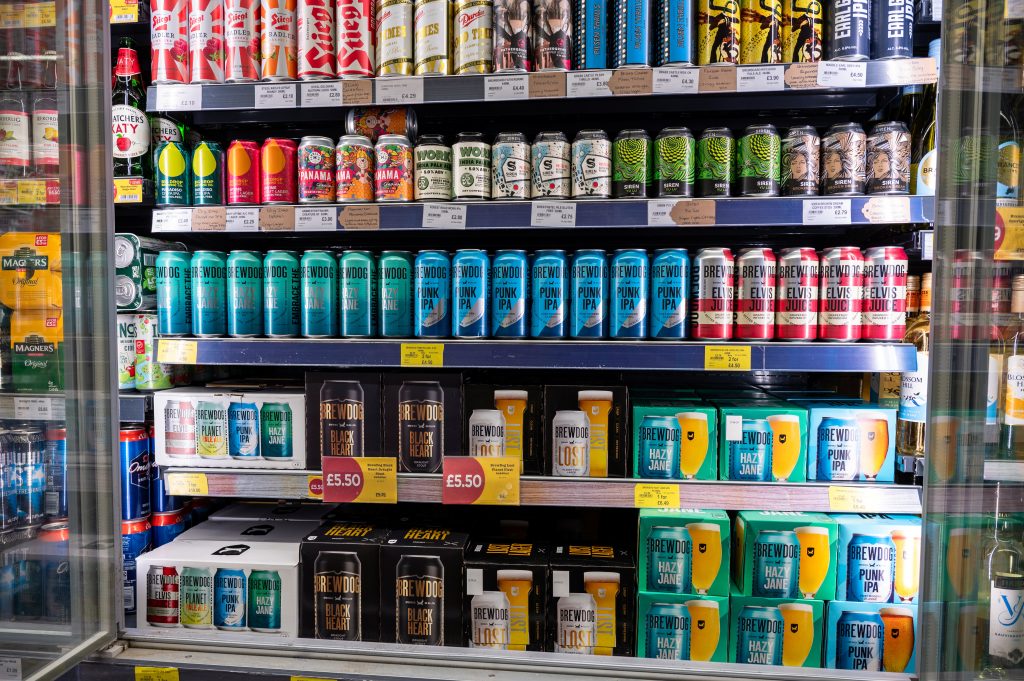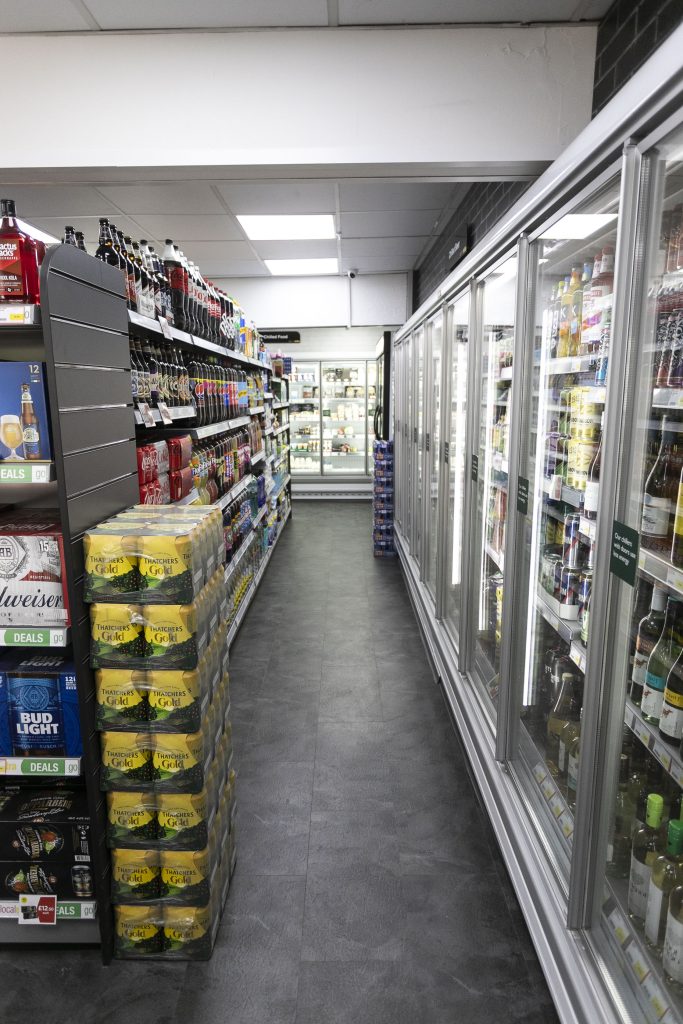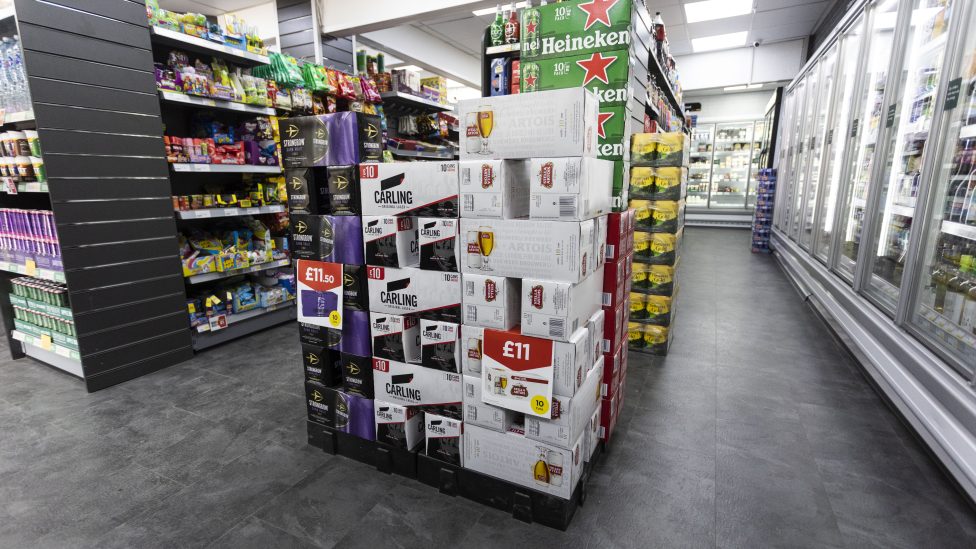Beer and cider are year-round mainstays for stores with alcohol licences, but it is in the summer months when the category really comes into its own. And retailers need to be getting their preparation work in now if they are to have the range and availability ready in time for customers.
“When thinking about what to stock over the warmer months, we recommend retailers stock around 70% apple and 30% fruit cider to get the balance right,” says Jonathan Nixon, commercial director at Thatchers Cider. “You also want to think about giving customers a range of options so you have something for all cider drinkers.”
Stock up for sporting events
This summer brings plenty of opportunities and challenges. The Men’s Euros will see a huge surge in demand for beer and cider as people gather to watch England and Scotland compete for the biggest prize in Europe. And the longer these teams stay in the competition, the greater the demand will be for sharing multipacks as people get excited and continue to gather to watch the matches.
“At the moment, it’s the mainstream brands,” says Anita Nye, from Premier Eldred Stores in Orpington, southeast London. “We sell 18-, 12- and 10-packs. And we do four-packs and singles of some of the more popular brands like Foster’s, Stella, Strongbow and Desperado. When it comes to cider, we sell the big bottles of Strongbow and Frosty Jack’s.”
The cost-of-living crisis will impact beer and cider spend in stores. People are likely to choose drinking and socialising at home instead of the pub, particularly around the Euros, making sharing packs an even greater necessity.
“Multipacks are a key growth driver for the category,” says Caitlin Brown, category executive at BrewDog. “We’ve placed our focus on mid-size multipacks, as they become more commonplace within the consumer repertoire, particularly for socialising.”

Embrace craft
While mainstream brands are an essential cornerstone to a store’s overall offer, some retailers have taken things further, broadening their range to incorporate craft beers and brews from local breweries and cideries.
“We just put some new chillers into the shop, which has allowed us to widen our craft beer selection,” says Hardev Ruprai, from Ruprai Food & Wines in Birmingham. “We’ve been doing it for five years and we saw the market for it. We’ve got local beers, Belgian beers, US beers, the full range. We source them from independent and mainstream wholesalers.”
Joe Williams, from The Village Shop in Hook Norton, Oxfordshire, has a 175-year-old brewery in his village and is in a real ale area, which makes local and craft options a key part of his offer.
“We have three shelves of craft beer and we use a local supplier called the Craft Drink Company based in Bourtonon-the-Water,” he says. “They do small, independent, local breweries, along with craft drinks across other alcoholic and soft drinks. Because we’re dealing with that one company, it’s easy to hit a minimum order rather than dealing with individual brewers.
“It tends to be amber ales and pale ales that people have as a treat because the cost of everything has gone up. It’s little and often, a single beer mid-week rather than filling the basket.”
Williams hosts a beer festival every July which features more than 100 different beers and has boosted his store’s reputation, but he accepts that it wouldn’t work for every store.
“It very much depends on your area more than anything,” he says.
Supplier view: the power of pairing

Pairing beers and ciders with food is still an underexplored opportunity for retailers to consider when trying to drive incremental sales. With an increasing number of consumers making fewer visits to pubs, bars and restaurants at the moment due to ongoing financial pressures, this almost certainly means more eating and drinking at home, where they will still want to make home meals as authentic as possible, which means matching their beer choice to cuisine. So, for example, if they are eating Indian food, then pairing it with authentic Indian beer brand Kingfisher is a great idea. Retailers should respond to this trend with clearly sign-posted meal deals and inspirational ideas for pairing beers with food.
John Price, head of marketing, KBE Drinks

No- and low- alcohol increasingly expected
The increased demand for no- and low-alcohol beers has extended beyond Dry January and Sober October. Brands have responded and there are low-alcohol versions of most of the popular brands out there. For retailers, the increased normality of low- and no-alcohol options means having a few lines available is no longer a point of difference, but an essential part of your core range.
“Two-fifths (40%) of adults say they are looking to moderate their drinking, therefore it’s more important than ever for retailers to consider stocking alcohol-free options,” says Lauren Priestley, head of category development off-trade at Diageo.
“With this in mind, we recommend stocking a few high-quality alcohol-free beer options. Research has shown that the alcohol-free beer category is currently worth £118m, so stocking a few alcohol-free beers is a must.”



Comments
This article doesn't have any comments yet, be the first!